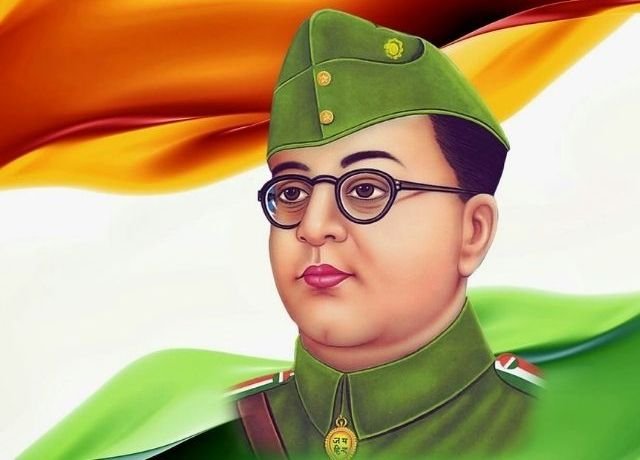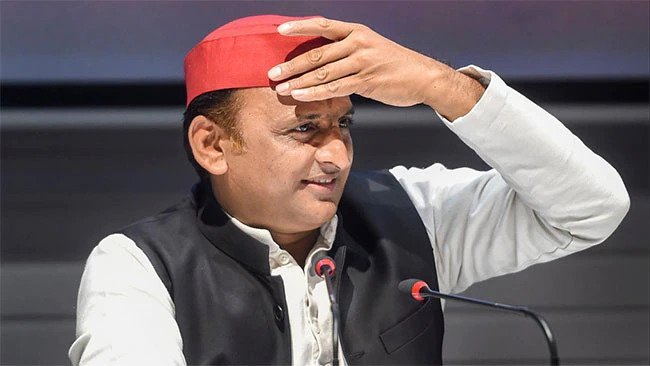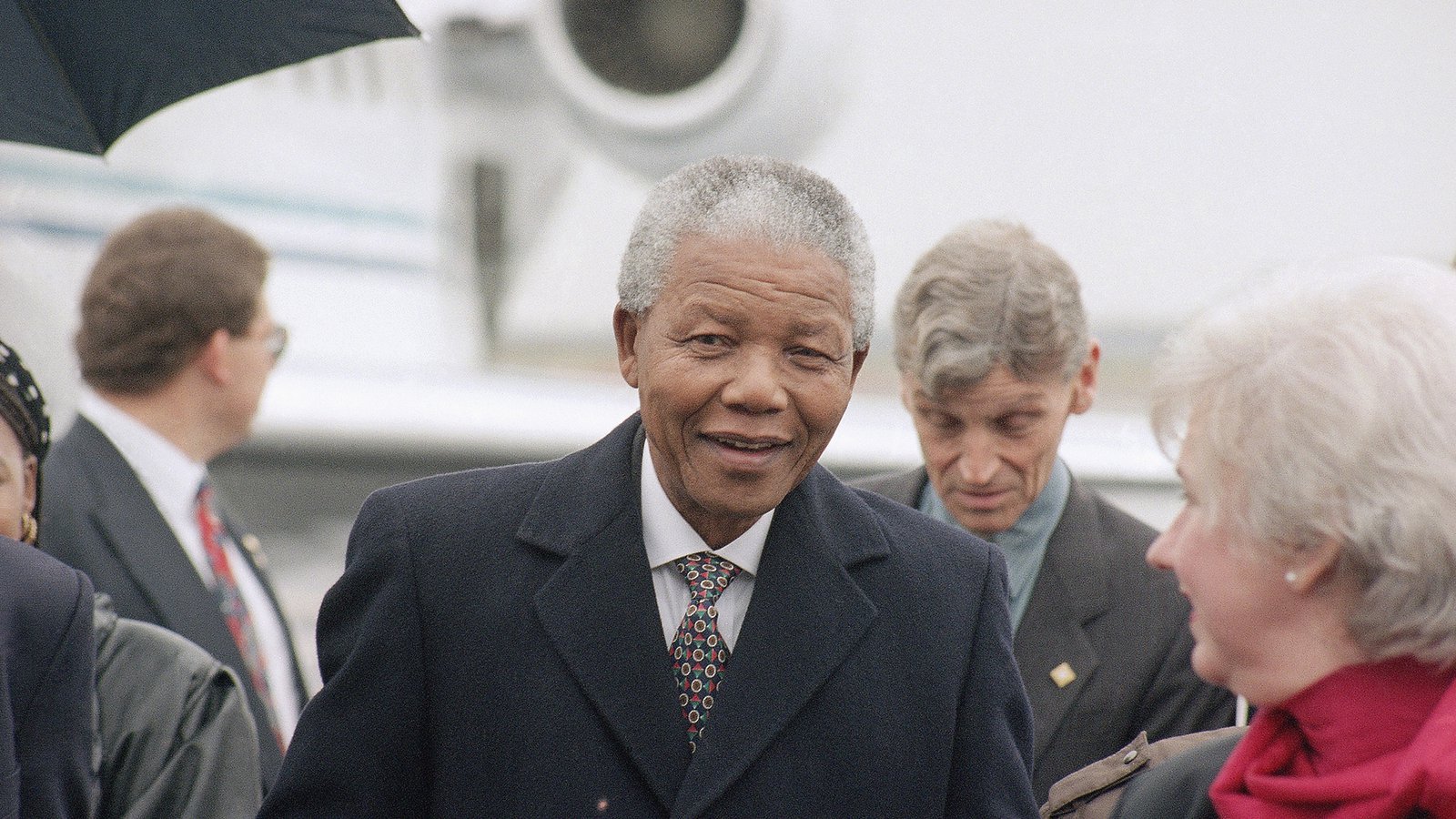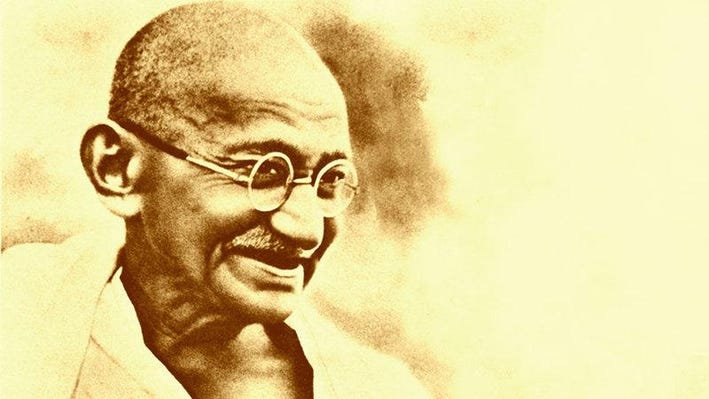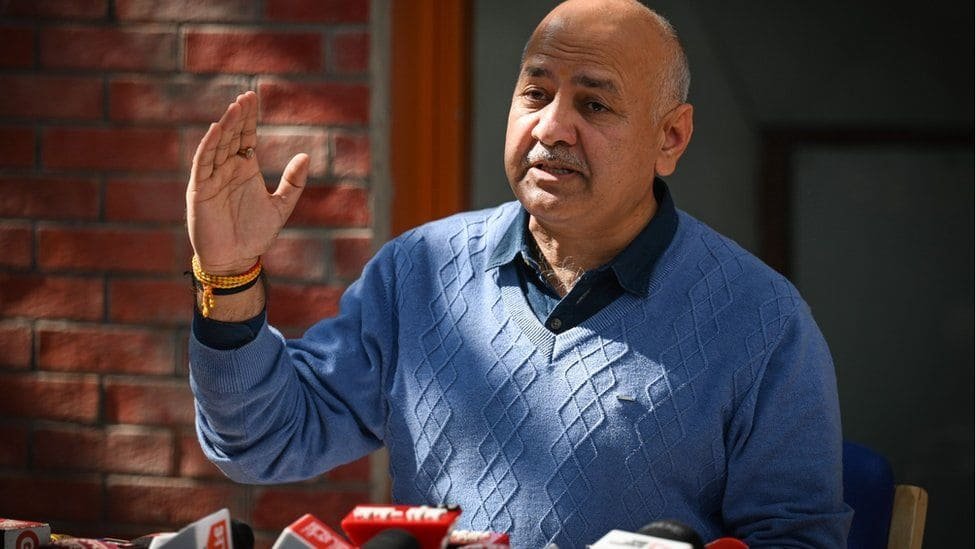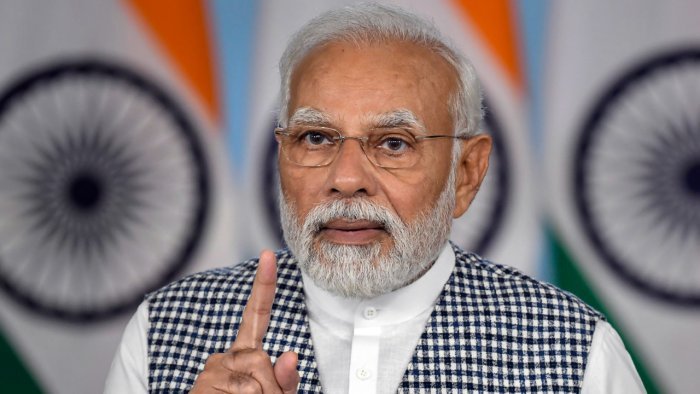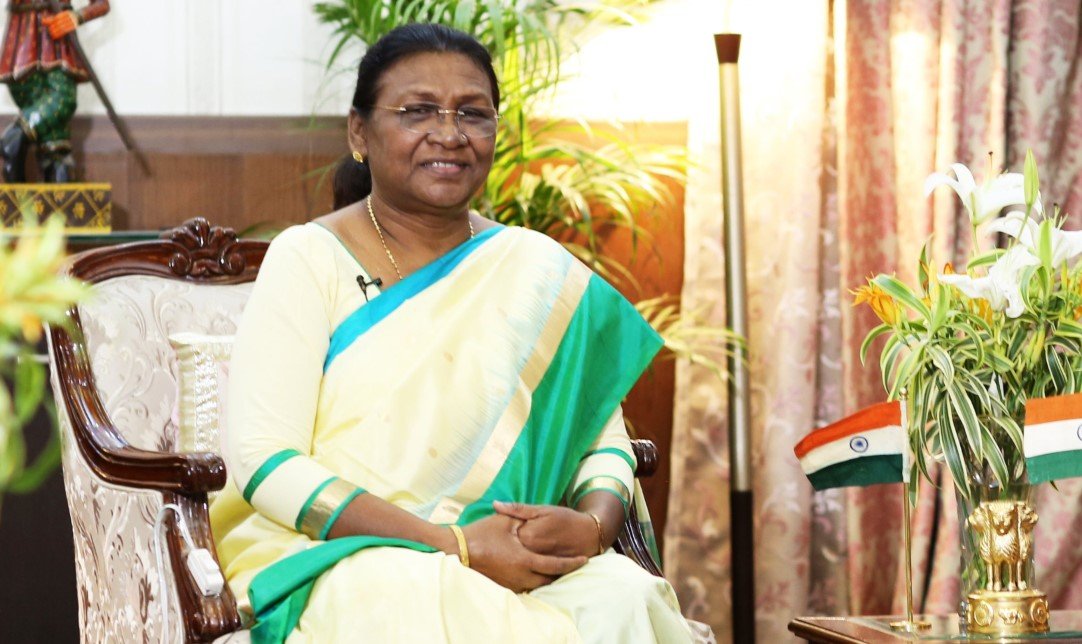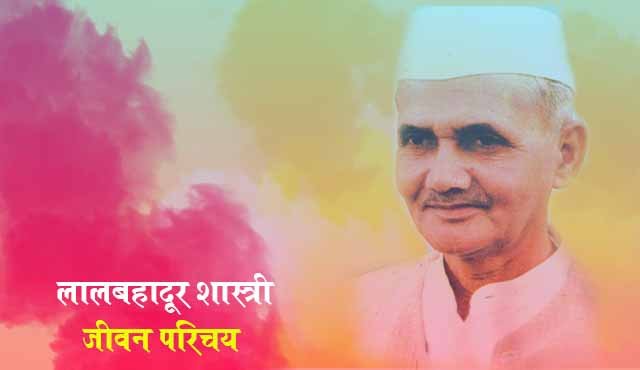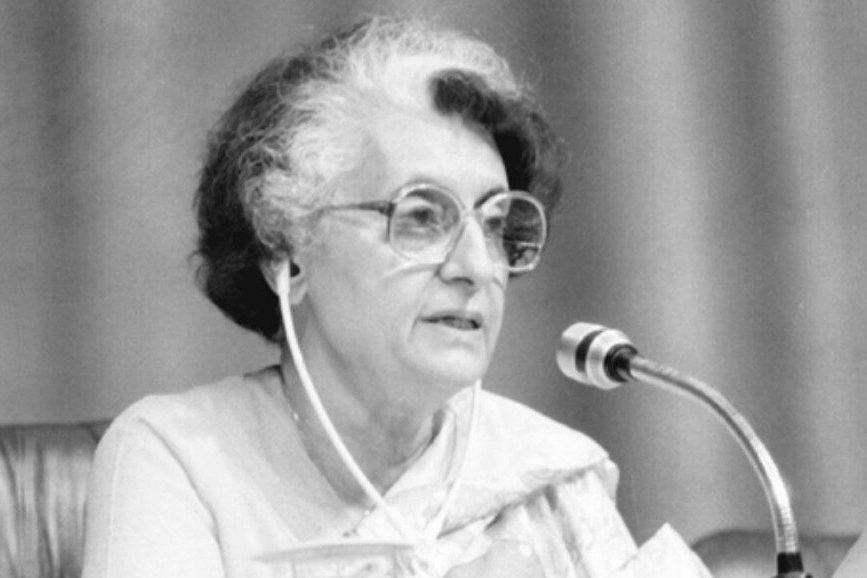
Indira Gandhi - Biography & Facts.
Indira Gandhi
| Birthday | 19 November 1917 |
| Birth place | Allahabad, Uttar Pradesh |
| Father | Jawaharlal Nehru |
| Mother | Kamala Nehru |
| पति (Husband) | Feroz Gandhi |
| Sons | Rajiv Gandhi and Sanjay Gandhi |
| Son-in-law | Sonia Gandhi and Maneka Gandhi |
| Grand sons | Rahul Gandhi and Varun Gandhi |
| Grand daughter | Priyanka Gandhi |
Indira was born in the family of Motilal Nehru, who contributed to the independence of the country. Indira's father Jawaharlal was a well-educated lawyer and an active member of the Indian independence movement . She was the only child of Nehruji, Indira is the second longest serving Prime Minister after her father. Indira had a patriotic spirit since childhood, a strategy of India's nationalist movement at that time also included boycotting foreign British products. And at that young age, Indira had seen foreign objects burning Holi, inspired by which 5-year-old Indira also decided to burn her beloved doll, as her doll was also made in England.
Indira Gandhi had created Vanar Sena
When Indira Gandhi was 12 years old, she formed and led the Vanar Sena with some children. It was named the Bandar Brigade, inspired by the Bandar Sena, which assisted Lord Rama in the epic Ramayana . Together with the children, he played an important role in the struggle for India's independence. Later this group also included 60,000 young revolutionaries, who addressed many common people, made flags, gave messages and made information about the demonstrations to the general public. Doing all this under British rule was a risky undertaking, but Indira was happy to participate in the freedom movement.
Indira Gandhi education
Indira passed her matriculation from Pune University and did some education from Shantiniketan in West Bengal, after which she went to Switzerland and London to study at Somerville College, Oxford University.
In 1936, her mother Kamala Nehru became ill with tuberculosis, Indira had spent a few months in Switzerland with her ailing mother during her studies, Jawaharlal Nehru was in an Indian prison at the time of Kamala's death.
Marriage & Family Life
When Indira became a member of the Indian National Congress, she met Feroze Gandhi. Feroze Gandhi was then a journalist and an important member of the Youth Congress. Indira married Feroze Gandhi in 1941, despite her father's disagreement. Indira first gave birth to Rajiv Gandhi and 2 years later to Sanjay Gandhi.
Indira was definitely married to Feroze Gandhi, but there was no relation between Feroze and Mahatma Gandhi . Firoz was with him in the freedom struggle, but he was a Parsi, while Indira was a Hindu. And at that time interracial marriage was not so common. In fact, the pair was not being liked in public, so Mahatma Gandhi supported the pair and made this public statement, including his request to the media, "I would like to reduce my anger to the writers of the derogatory letters." I invite you to come to this wedding to bless the newlyweds" and it is said that Mahatma Gandhi had suggested Feroze and Indira to apply Gandhi to maintain the political image.
After independence, Indira Gandhi's father Jawaharlal Nehru became the first Prime Minister of the country , then Indira shifted to Delhi with her father. Both his sons accompanied him but Firoz had then decided to stay in Allahabad, as Firoz was then working as an editor in The National Herald, a news paper started by Motilal Nehru.
Political Career of Indira
The Nehru family was anyway the main family in the central government of India, so Indira's entry into politics was not too difficult and surprising. He had seen Mahatma Gandhi coming and going in his Allahabad house since childhood, so he was interested in the country and its politics.
In the Lok Sabha elections of 1951–52, Indira Gandhi organized many election meetings for her husband Feroze Gandhi and led the election campaign in his support. At that time Firoz was contesting from Rae Bareli. Soon Firoz became a big face against the corruption of the government. He exposed many corruption and corrupt, including the name of the insurance company and Finance Minister TT Krishnamachari. The Finance Minister was then considered close to Jawaharlal Nehru.
In this way Firoz came into the mainstream of national level politics, and with a small number of his supporters, he continued his struggle with the central government, but on 8 September 1960, Firoz died of a heart attack.
Indira as Congress President
In 1959, Indira was elected the President of the Indian National Congress party. She was included in the chief advisory team of Jawaharlal Nehru. After the death of Jawaharlal Nehru on 27 May 1964, Indira decided to contest the election and she also won. He was given the Ministry of Information and Broadcasting in the government of Lal Bahadur Shastri .
First Term as Prime Minister of India
After the death of Lal Bahadur Shastri in Tashkent on 11 January 1966, he won a majority in the interim elections, and took over as the Prime Minister .
The most notable achievements of his tenure as Prime Minister were the passage of the 1969 nationalization proposals of India's fourteen largest banks along with former rulers of principal states and four premium oil companies for the abolition of the princely purse. He took constructive steps in removing food stuffs in the country and led the country into the nuclear age with India's first underground explosion in 1974.
Role of Indira Gandhi in Indo-Pakistan War 1971 ( Indo-Pakistan War in 1971)
In fact, in 1971, Indira had to face a great crisis. The war started when the armies of West Pakistan went to Bengali East Pakistan to crush their independence movement. He spoke out against the horrific violence on 31 March, but resistance continued and lakhs of refugees started entering the neighboring country of India.
There was a crisis of resources in India in the care of these refugees, due to which the tension within the country also increased significantly. Although India supported the freedom fighters fighting for there . The situation was further complicated when US President Richard Nixon wanted the United States to stand on Pakistan's side, while China was already arming Pakistan, and India agreed to "peace, Treaty of Friendship and Cooperation” was signed.
West Pakistan's military began to persecute civilians in East Pakistan, primarily targeting Hindus, as a result, about 10 million East Pakistani citizens fled the country and sought refuge in India. The large number of refugees prompted Indira Gandhi to support the Azami League's struggle for independence against West Pakistan.
India provided military aid and also sent troops to fight against West Pakistan. When the war started when Pakistan bombed India's base on 3 December, Indira understood the importance of Bangladesh's independence, and announced to give shelter to the freedom fighters there and support the creation of Bangladesh. On 9 December Nixon ordered US ships to be sent to India, but on 16 December Pakistan surrendered.
Ultimately, on 16 December 1971, the West Pakistan vs East Pakistan war in Dhaka ended. The West Pakistani Armed Forces signed the surrender papers to India, leading to the birth of a new country, which was named Bangladesh. India's victory in the 1971 war against Pakistan marked the popularity of Indira Gandhi as a shrewd political leader. The kneeling of Pakistan in this war was a victory not only for Bangladesh and India, but also for Indira. For this reason, after the end of the war, Indira declared that I am not a person who works under any pressure, whether it is a person or a country.
Imposition of Emergency
In 1975, opposition parties and social activists staged a massive protest against the Indira Gandhi-led central government over rising inflation, the poor state of the economy and rampant corruption.
In the same year, the Allahabad High Court ruled that Indira Gandhi had used illegal means during the last election and this acted a fire in the current political situation. In this decision, Indira was ordered to vacate her seat immediately. Due to this the anger towards him also increased among the people. Instead of resigning on June 26, 1975, Mrs. Gandhi declared an emergency "due to the disturbed political situation in the country".
During the Emergency he imprisoned all his political enemies, at that time the constitutional rights of citizens were revoked, and the press was also placed under strict censorship. Gandhian socialist Jaya Prakash Narayan and his supporters sought to unite students, farmers and labor organizations in a 'total non-violent revolution' to transform Indian society. Later Narayan was also arrested and sent to jail.
In early 1977, Indira announced elections, lifting the emergency, at that time the public did not support Indira in return for the emergency and sterilization campaign.
Snatching power and coming into the role of opposition
During the Emergency, her younger son Sanjay Gandhi is believed to have tried to run the country with absolute authority and ordered the strict removal of slum houses, and a highly unpopular sterilization program turned Indira into opposition. Was. But still in 1977, Indira, confidently saying that she had broken the opposition, demanded an election. He was defeated by the emerging Janata Dal coalition led by Morarji Desai and Jai Prakash Narayan . The Congress managed to win only 153 Lok Sabha seats as compared to 350 seats in the previous Lok Sabha.
Second Term as Prime Minister of India
Indira took advantage of the internal conflict between the Janata Party allies. During that time, in an attempt to expel Indira Gandhi from Parliament, the Janata Party government ordered her arrest. However, this strategy of his proved disastrous for those people and it got Indira Gandhi sympathy. And finally in the 1980 elections, Congress returned to power with a huge majority and Indira Gandhi once again became the Prime Minister of India. In fact, the Janata Party was not even in a stable state at that time, due to which Congress and Indira got the full benefit.
In the month of September 1981, a Sikh terrorist group was demanding "Khalistan", and this terrorist group entered the Golden Temple complex in Amritsar. Despite the presence of thousands of civilians in the temple premises, Indira Gandhi ordered the army to go to the holy shrine to conduct Operation Blue Star. The army resorted to tanks and heavy artillery, although the government had talked about reducing the terrorist threat in this way, but it took the lives of many innocent civilians. This operation was seen as a unique tragedy in Indian political history. The impact of the attack increased the communal tension in the country. Many Sikhs resigned from armed and civil administrative offices in protest, and some even returned their government awards. Indira Gandhi's political image was also spoiled in the immediate circumstances due to this whole incident.
Assassination of Indira Gandhi
On 31 October 1984, Gandhi's bodyguards Satwant Singh and Bint Singh killed Indira Gandhi by shooting a total of 31 bullets in retaliation for the massacre at the Savarna temple. This incident took place in Safdarganj Road, New Delhi.
Interesting facts about Indira Gandhi
It is believed that Indira Gandhi used to pay a lot of attention to maintaining her image. During the 1965 India-Pakistan war, she was holidaying in Srinagar. Despite being told by the security officer that Pakistan had come very close to her hotel, she stayed there even after knowing that. Gandhi's refusal to withdraw from there, this thing caught the attention of national and international media, due to which she was recognized on the world stage as India's strong woman.
Katherine Frank has written in her book "The Life of Indira Nehru Gandhi" that Indira's first love was her German teacher at Shantiniketan, followed by her close association with Jawaharlal Nehru's secretary, O. Mathai. Have a relationship. After that his name was also associated with Yoga teacher Dhirendra Brahmachari and finally Congress leader Dinesh Singh. But despite all this, Indira's opponents could not harm her political image, and could not stop her progress.
After the death of Sanjay in a plane crash in 1980, tension in the Gandhi family increased and by 1982, the bitterness between Indira and Maneka Gandhi increased significantly. For this reason Indira asked Maneka to leave the house, but Maneka also gave the photo of her leaving her house with the bag in the media. And also made this announcement in front of the public, they do not know why they are being evicted from the house. She has been believing her mother-in-law Indira more than her mother. Maneka had also taken her son Varun with her and it was very difficult for Indira to be away from her grandson.
In the 20th century, the number of women leaders was few, including Indira's name. But still Indira had a friend Margaret Thatcher. These two met in 1976. And knowing that Indira was accused of dictatorship during the Emergency and she lost the next election, Margaret did not leave Indira's side. British Prime Minister Margaret Thatcher understood Indira's problems very well. Thatcher was also a brave and strong Prime Minister like Indira, which can be gauged from the fact that despite the possibility of a terrorist attack, she came to Indira's funeral. He also wrote a sensitive letter to Rajiv on Indira's untimely death.
When Indira became the Prime Minister, there was a section in the Congress itself, which could not tolerate the power in the hands of a woman, yet Indira bravely faced all the obstacles in politics due to all such persons and traditional thinking.
Indira had done a lot of commendable work in the field of agriculture in the country, for this she made many new schemes and organized programs related to agriculture. This included the main objectives like growing various crops and exporting food items. His goal was to reduce the employment related problem in the country and to become self-dependent in the production of food grains. This was the beginning of the Green Revolution.
Indira Gandhi had made India an economically and industrially capable nation, apart from this, during her tenure, India had also made a lot of progress in science and research. During that time, for the first time an Indian had stepped on the moon, which was a matter of great pride for the country.
Heritage in the name of Indira Gandhi
His house in New Delhi has been made a museum, which is known as Indira Gandhi Memorial Museum. Apart from this, there are also medical colleges and hospitals in his name.
There are many universities like Indira Gandhi National Open University (IGNOU), Indira Gandhi National Tribal University (Amarkantak), Indira Gandhi Technical University for Women, Indira Gandhi Agricultural University (Raipur). There are many educational institutions like Indira Gandhi Institute of Development Research (Mumbai), Indira Gandhi Institute of Technology, Indira Gandhi Training College, Indira Gandhi Institute of Medical Science, Indira Gandhi Institute of Dental Science etc.
The name of the International Airport of Delhi, the capital of the country, is also Indira Gandhi International Airport. The country's most famous sea bridge Pamban Bridge is also named Indira Gandhi Road Bridge. Apart from this, many roads and squares in many cities across the country are also named after him.
Awards of Indira Gandhi
Indira Gandhi was awarded the Bharat Ratna in 1971. In 1972, he was awarded the Mexican Award for the independence of Bangladesh. Then in 1973 the Second Annual Medal (FAO) (2nd Annual Medal, FAO) and in 1976 the Sahitya Vachaspati Award in Hindi was given by the Nagari Pracharini Sabha.
Indira was also given the Mother's Award in the USA in 1953, in addition to the Islbella d'Este Award of Italy for her good work with diplomacy. He was also honored with the Holland Memorial Prize from Yale University.
According to the polls of the French Institute of Public Opinion in 1967 and 1968, she was the most liked female politician by the French people.
According to the special Gallup Poll Survey of USA in 1971, she was the most respected woman in the world. In the same year, the Argentine Society for the Protection of Animals also awarded him a Diploma of Honor.
The life of Indira Gandhi has been a recognition of the women of India in the world as a strong woman. Although his personality has been understood from two sides and his supporters as well as the number of opponents are quite large. Many political and social decisions taken for him are also often the subject of discussion, but it cannot be denied that during the tenure of Indira Gandhi, India had established many dimensions of development, and he has made India's image on the world stage. was changed.
How was the relationship between Indira and Feroze
In the biography of Indira Gandhi, we find written that the relationship between Indira and Feroze was not very good. Their differences had increased so much that Indira and Firoz started living separately. Even Firoz had fallen in love with a Muslim woman. Indira was pregnant for the second time at that time. But in Firoz's last time, Indira was very close to him and the relationship between the two went through fighting. Many places and books are written about their political differences.
- Biography of Lal Bahadur Shastri ?
- Biography of Mohandas Gandhi, Indian Independence Leader
- Volodymyr Zelensky - Biography | Lifestyle | Life Story
Note: This blog or artical is written on the basis of online research, news paper and AI tools. So, if there is any issue, please mail your feedback.
- Share:
